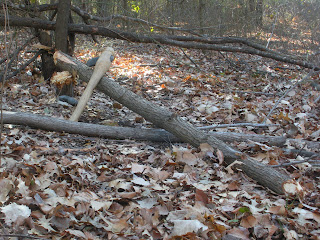One of the biggest misconceptions I hear is that to save the environment we need to leave it alone. This idea would be bizarre to a native person because they understand that its through our use of nature that we learn to respect and care for it. Consider the difference between a person who lives in the city and goes hiking on the weekends versus a person who is required to feed, clothe and shelter themselves indefinitely off of 100 acres of land. The first person appreciates nature from a distance while the second is inseparable from it. They know each plant and animal that occupies the land like members of their own family and they are deeply grateful for how their deaths allow life. This is the level of nature connection that is required for humans to live sustainably on Earth because it is the truth of our interaction with the natural world.
I'm reading an excellent book about indigenous land management called Tending the Wild - Native American Knowledge and the Management of California's Natural Resources. Most people don't realize that natives were the masters of permaculture. Here's an excerpt from Tending the Wild:
"Growing alongside the many kinds of crop plants were a variety of native herbs and trees. Insects buzzed and clicked, and birds chattered. The land smelled good and radiated beauty. The farmer was using the land quite intensively, yet much of the natural plant and animal diversity remained. He explained to me the importance of diversifying crops, using locally available resources, retaining overstory trees, and planting vegetation that harbored beneficial insects that would feed on the 'bad' insects."
It is important to realize that many plants actually rely on human harvesting for continued growth and reproduction. This is why I think learning about wild edible and medicinal plants is one of the best things a person can do for the health of the land they live in and their own health. I also think that hunting is one of the most beneficial things that can happen on a piece of land when it is done in the right way.
I've been working on getting a good flake pattern on my arrow heads. Of course deer don't care if all the lines are parallel but flint knappers do. I'm getting closer but still have much to learn.









